Nationality American Name Earl Monroe Pro career 1967–1980 Spouse Marita Green | Listed weight 185 lb (84 kg) Height 1.91 m Listed height 6 ft 3 in (1.91 m) Role Basketball player Movies Black Magic | |
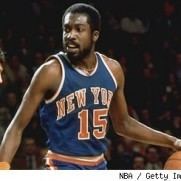 | ||
NBA draft 1967 / Round: 1 / Pick: 2nd overall Similar Walt Frazier, Willis Reed, Rodney Monroe Profiles | ||
Nba at 50 earl monroe biography
Vernon Earl Monroe (born November 21, 1944) is an American retired professional basketball player. He played for two teams, the Baltimore Bullets and the New York Knicks, during his career in the National Basketball Association (NBA). Both teams have retired Monroe's number. Due to his on-court success and flashy style-of-play, Monroe was given the nickname Earl "The Pearl".
Contents
- Nba at 50 earl monroe biography
- Earl monroe 1969 nba asg full highlights
- Early years
- Baltimore Bullets
- New York Knicks
- Legacy
- Off the court
- Endorsements
- References
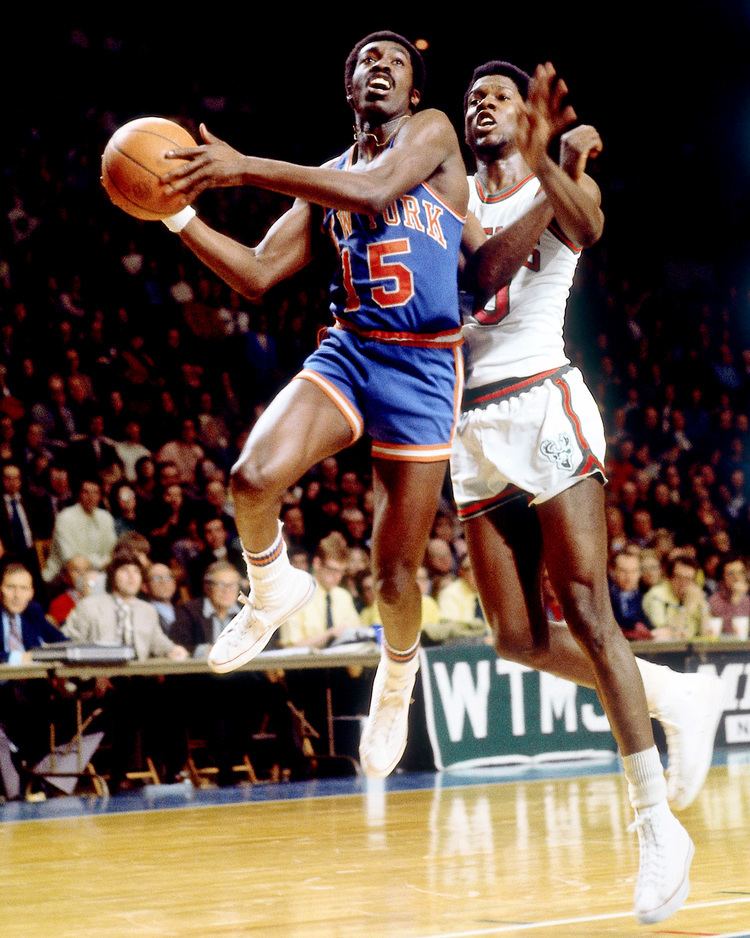
Earl monroe 1969 nba asg full highlights
Early years
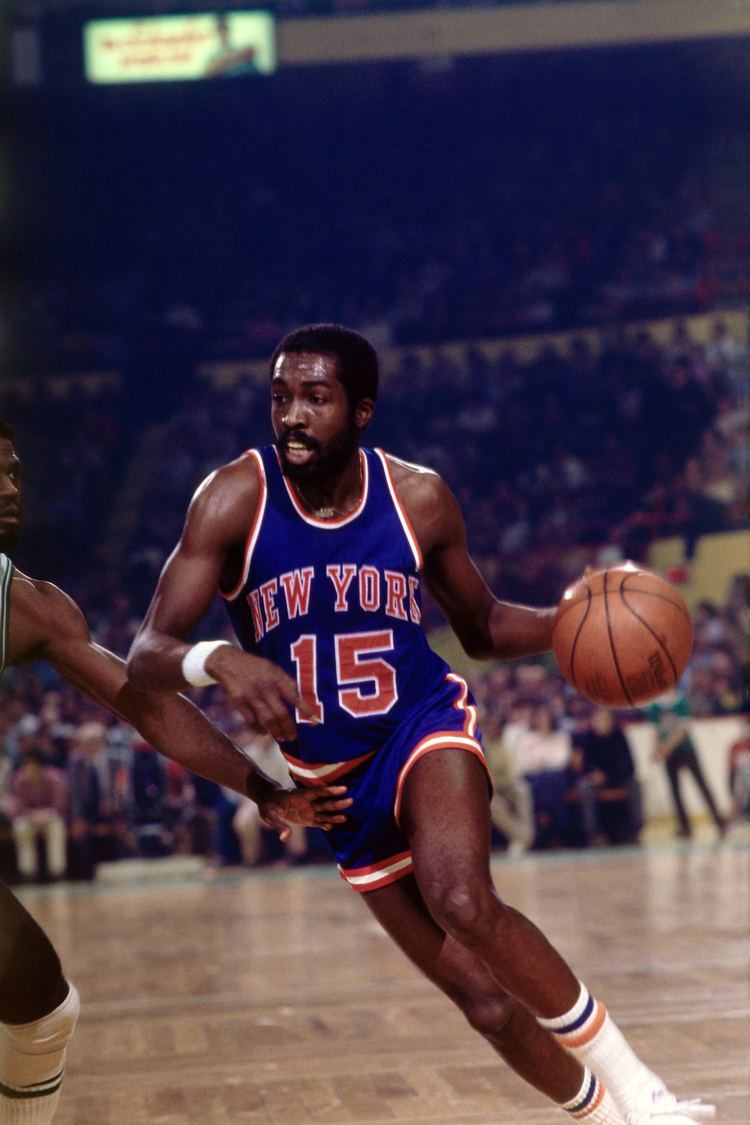
Born in Philadelphia, Monroe was a playground legend from an early age. His high school teammates at John Bartram High School called him "Thomas Edison" because of the many moves he invented.
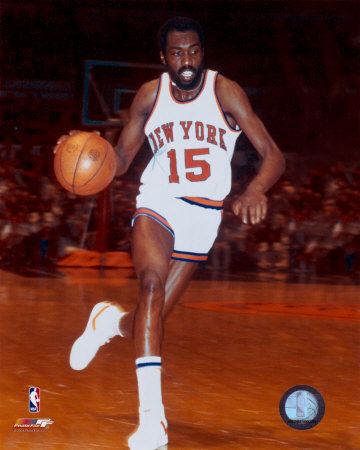
Monroe rose to prominence at a national level while playing basketball at then Division II Winston-Salem State University, located in Winston-Salem, North Carolina. Under Hall of Fame coach Clarence "Big House" Gaines, Monroe averaged 7.1 Points his freshman year, 23.2 points as a sophomore, 29.8 points as a junior and an amazing 41.5 points his senior year. In 1967, he earned NCAA College Division Player of the Year honors and led the Rams to the NCAA College Division Championship.
Baltimore Bullets
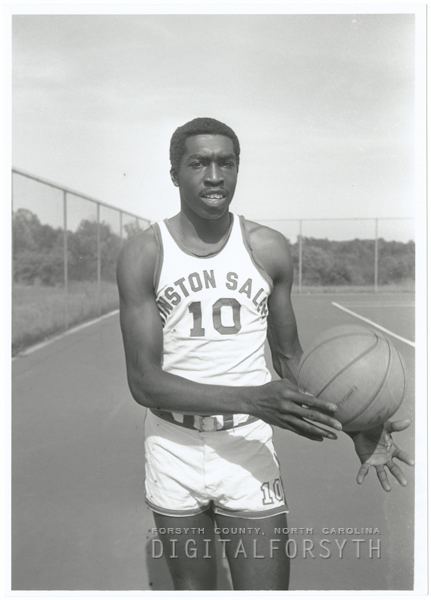
In 1967, the two-time All-American was drafted by the Baltimore Bullets (now the Washington Wizards) in the first round of the NBA draft (second overall pick). He won the NBA Rookie of the Year Award in a season in which he averaged 24.3 points per game. He scored 56 points in a game against the Los Angeles Lakers, the third-highest rookie total in NBA history. It was also a franchise record, later broken by Gilbert Arenas on December 17, 2006.
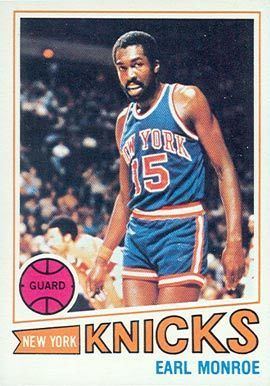
He and teammate Wes Unseld quickly became a formidable combination in Baltimore, and Monroe became a cult hero for his ability to run the fast break and for his circus-like shots. He said, "The thing is, I don't know what I'm going to do with the ball, and if I don't know, I'm quite sure the guy guarding me doesn't know either." On February 6, 1970, he set an NBA record with 13 points in one overtime in a double-overtime victory over the Detroit Pistons (another mark since surpassed by Arenas).
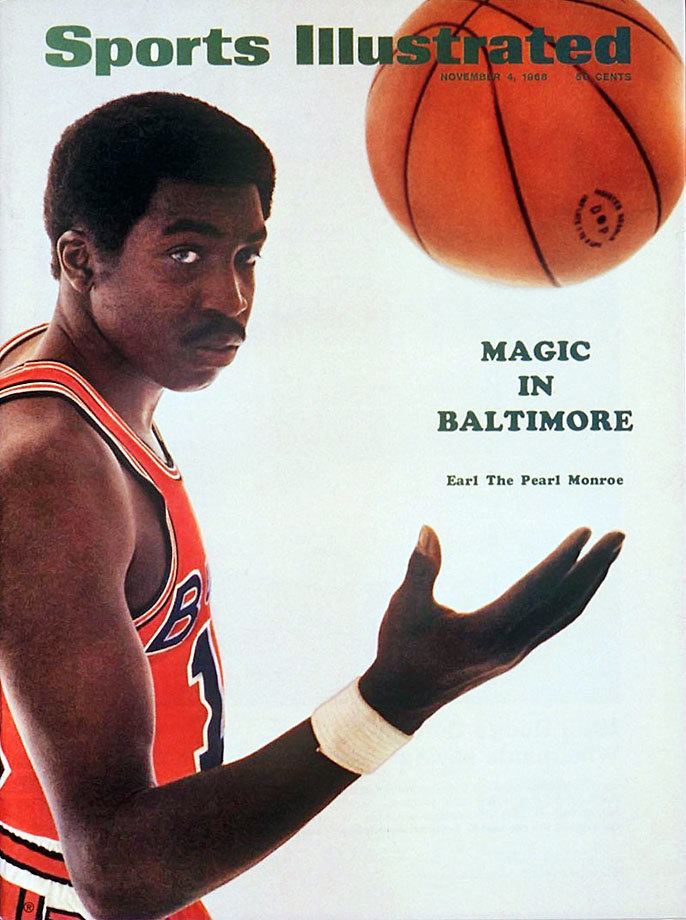
After the 1970–1971 season, Monroe's agent Larry Fleischer told the Bullets of Monroe's wishes to be traded to the Lakers, Bulls, or Sixers. After four games into the 1971–1972 season, he traveled to Indianapolis to discuss a transfer to the American Basketball Association's Indiana Pacers. He was then traded to the New York Knicks later in the season.
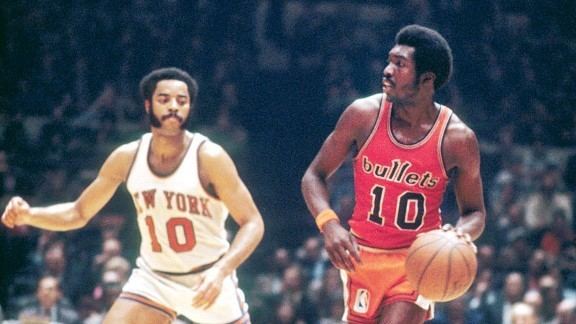
On December 1, 2007 the Washington Wizards retired Monroe's number 10 jersey.
New York Knicks
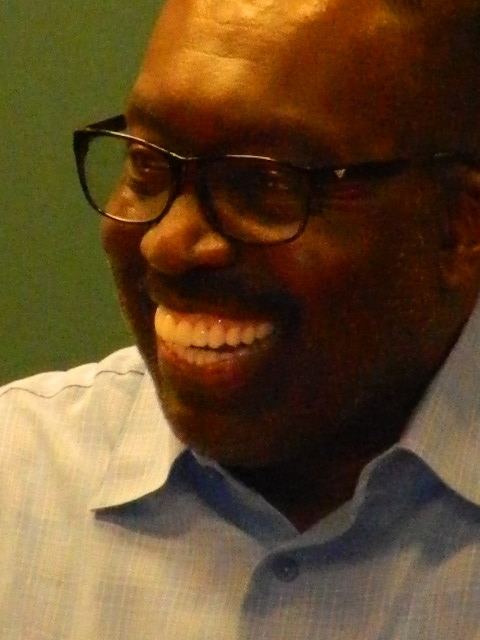
In 1971, Monroe was traded to the New York Knicks and formed what was known as the "Rolls Royce Backcourt" with the equally flamboyant Walt Frazier. While there were initial questions as to whether Monroe and Frazier could coexist as teammates, the duo eventually meshed to become one of the most effective guard combinations of all time, leading the Knicks to the 1973 NBA Championship. That pairing is one of few backcourts ever to feature two Hall of Famers and NBA 50th Anniversary Team members.
A four-time NBA All-Star, Monroe retired after the 1980 season due to serious knee injuries, which had plagued him throughout his career. He had played 926 NBA career games, scored 17,454 total points (18.8 ppg) and dished out 3,594 Assists. Monroe had his number 15 jersey retired by the Knicks on March 1, 1986.
Even Monroe admits that his flowing, fluid, silky-smooth on-court style of play was unique. He has said: "You know, I watch the games and even now I never see anyone who reminds me of me, the way I played."
Legacy
Off the court
Endorsements
From 1980 to 1981, Monroe had an endorsement deal with Jordache for a signature line of basketball sneakers that bore his nickname "Pearl" near the heel.
